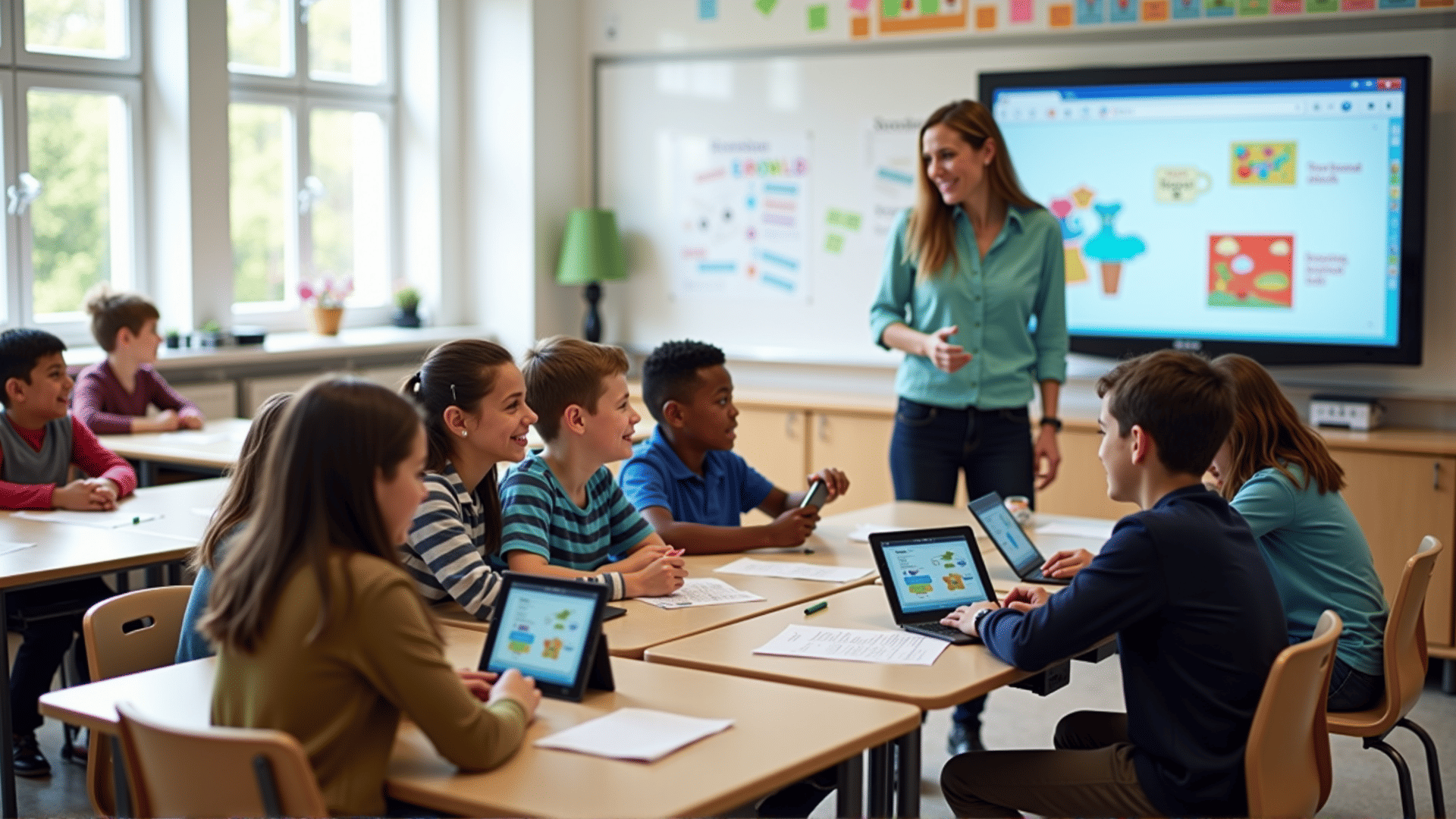In today's rapidly evolving educational landscape, innovative teaching methods are reshaping how knowledge is imparted to students. Traditional approaches are being reexamined and complemented by creative techniques that cater to diverse learning styles and harness advancements in technology. This development promises to engage learners more effectively and prepare them for the complexities of the modern world.
One of the cornerstone innovations in teaching is the Flipped Classroom model. This method upends traditional teaching by reversing the roles of in-class and homework activities. Students first engage with new content at home through video lectures or reading assignments and then apply this knowledge during class time through problem-solving and interactive activities. This shift not only enhances understanding but also allows educators to provide more personalized support.
Another groundbreaking approach is Project-Based Learning (PBL), where students gain knowledge by working for an extended period to investigate and respond to authentic, engaging, and complex questions or challenges. PBL inherently encourages the development of critical thinking, collaboration, and communication skills. By tackling real-world problems, students see the relevance of their learning, thereby increasing engagement and retention.
Gamification is another innovative strategy making significant inroads in education. By incorporating game elements such as points, badges, and leaderboards into the learning environment, educators can increase motivation and engagement. Gamified learning experiences often promote a sense of achievement and competition that can drive students to explore a subject in greater depth.
Moreover, the integration of digital tools and platforms is transforming classrooms. Tools such as interactive whiteboards, educational apps, and virtual reality provide immersive experiences that can enhance understanding and retention. For instance, virtual reality can transport students to different times or places in an instant, providing experiential learning opportunities that would be impossible otherwise.
Personalized learning, supported by data analytics and artificial intelligence, is a frontier of innovation that allows instructors to tailor educational experiences to individual students' capacities and learning speeds. By analyzing data on student performance, educators can identify gaps in understanding and craft specific interventions to help each student progress.
Collaborative learning, often facilitated by online collaborative platforms, encourages students to learn from one another. By working together on tasks rather than in isolation, students can foster community, enhance social skills, and develop a deeper understanding of material as they explain concepts to each other.
Finally, the role of Social and Emotional Learning (SEL) is becoming increasingly recognized as crucial. Innovative methods that incorporate SEL aim to cultivate skills such as empathy, resilience, and self-awareness, thereby equipping students with the personal skills they need to succeed both inside and outside the classroom.
In conclusion, as educators explore and implement these innovative teaching methods, the goal remains to create environments where students are actively engaged, knowledge is retained, and critical skills for the future are honed. In the face of constant change and technological advancement, innovative teaching can provide a stable bridge between current educational practices and the demands of the future.
